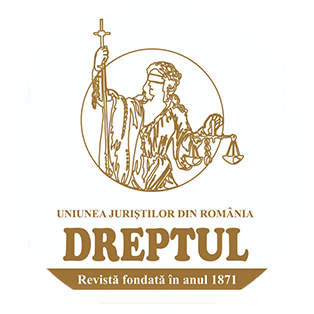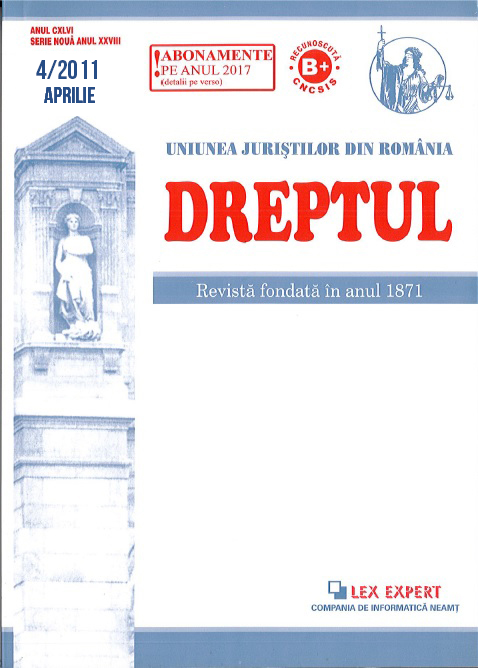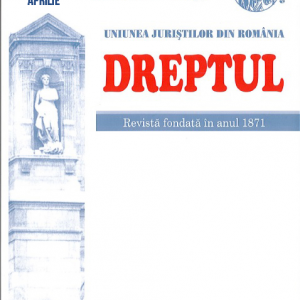Fundamentally, all intentional crimes may be under continuous form, the forest offence being one of them. In practice, we come across various ways of committing forest offences, through a single action or multiple actions, which may meet, separately or conjunctively, elements of the crime of illegal cutting or theft of trees, but usually, when the criminal offence is committed in a longer period of time, twice or several times, without considering whether each single action meets the constitutive elements of the crime for which the defendant is prosecuted, Art. 41 para. 2 of the Criminal Code shall apply automatically. Authors’ analysis refers to the offence’s content unit, namely that the execution deeds of the same kind must submit each the content of the same offence. In legal practice it was decided that there is no requirement that the execution deeds should be identical, but each to cover the contents of the same offense, even if some of them correspond to the variant type and the other to the qualified one and, therefore, in the test case reviewed by the authors it was enough to evidence the existence of two or more trees cutting and stealing acts carried out at different intervals, each causing a damage which exceeds the threshold value for which the act stands for a crime and it was not required that for each of them, the damage caused and the value of timber, respectively, exceed at least 50 times the average price of a cubic meter of standing timber, on the offence’s finding date. Therefore, in order to determine the continuous nature of the act, it is required to administer evidence that should establish the volume of timber (for the offense of theft), and the amount of damage (for the cutting offence), for each action – execution deed, respectively its petty offence or criminal nature.


